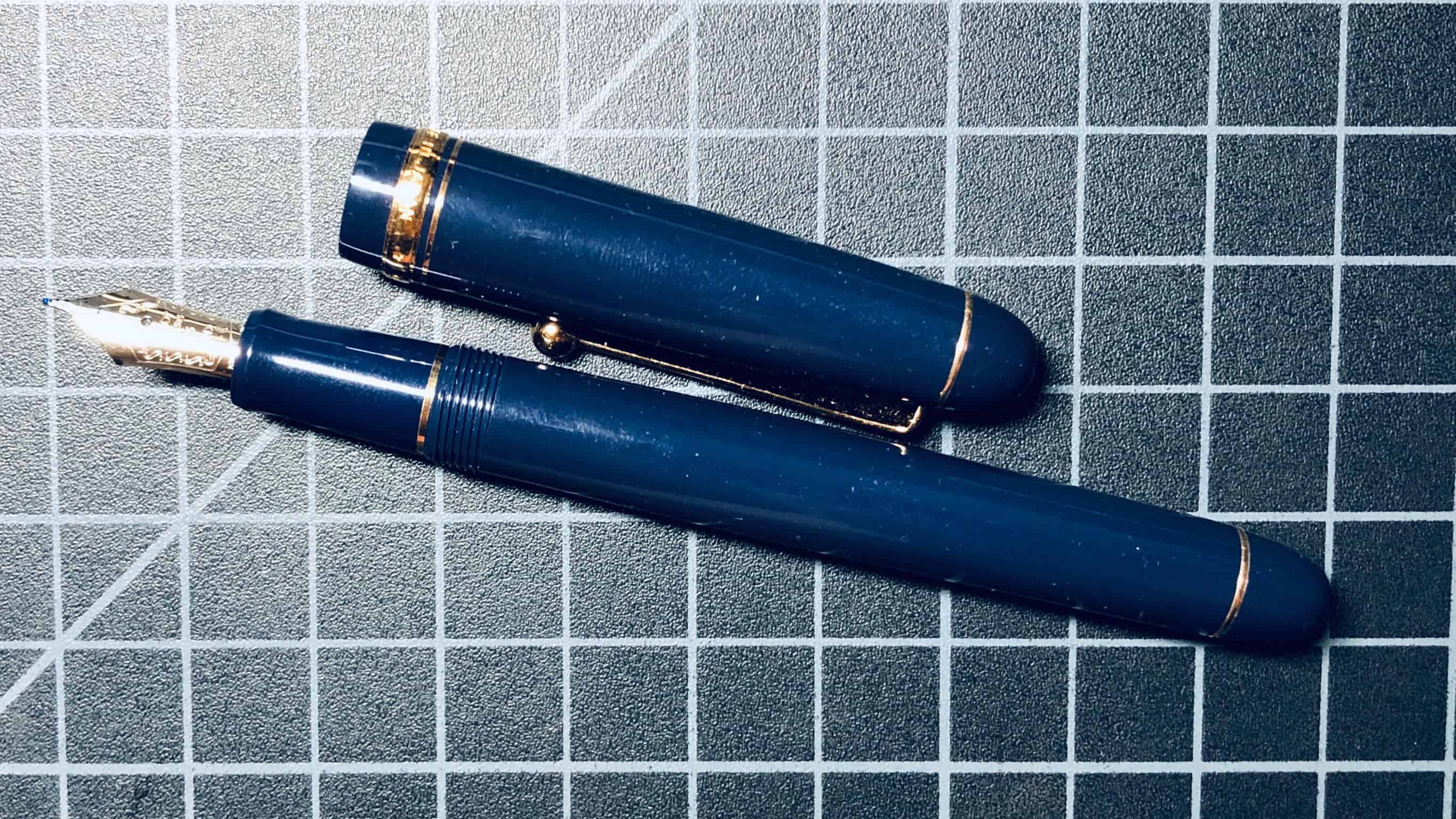If you have been learning about fountain pens and have dug deep enough to get into the world of specialty nibs, perhaps you have come across the term “music nib.” After some immediate confusion perhaps you took a guess and figured out it’s a nib for writing musical notes… or is it a nib that produces wonderful music as you write? Just kidding — it’s definitely the former — but what does that mean in practice? What is a music nib and why might you want to own one?
Why Do Music Nibs Exist?
Music nibs were (and to some extent still are) useful for writing musical notation. Music notes have thin down strokes and wide cross strokes, which is hard to do with a normal nib but quite easy to produce with a specially made nib. Music notes also have solid circles of ink at the end of most lines — this is not easy to do with a standard nib, but not a problem with a large, wet music nib.
How Do Music Nibs Work?
Fountain pens typically have two tines (one slit), that is they are a piece of metal with a slit in them that splits them into two halves. A music nib usually (but not always) has three tines. This means lots of ink can flow to the paper, as each tine provides a channel for ink to flow down. Because of the three-tine design, these nibs used to be referred to as “trident nibs.”
Being a specialty nib, music nibs are generally sold to serious fountain pen users and collectors. Given their specialization and focus on softness and smoothness, music nibs are almost always made of gold.
When doing normal writing a music nib will general resemble a smooth, wet stub nib with significant amounts of line variation though modern music nibs are not flexible. While the music nib design usually leads to a soft feeling nib, they next not to be springy in the way that you would expect from a flex nib.
Top Fountain Pens With Music Nibs
Looking for a music nib on your next fountain pen? Luckily, you have a lot of options available.
There are others of course, but these are the most popular ones that people are buying today (based on anecdotal evidence of course).
Using a Music Nib
In practice, most music nibs are like large, soft stub nibs. This means you need good paper and you can expect long drying times, but you can also expect to see considerable line variation and a lot of sheen if you have the correct ink/paper combination.
It’s typical to see a doubling of the width when comparing vertical to horizontal strokes (thin vertical, fat horizontal), but this is by no means a rule. There should also be considerable pooling at the end of a stroke (the music note’s stem or flag), which is needed in order to make the foot of a music note.
This means a music nib needs to be handled carefully because a lot of ink is put down on the paper. There is also the matter of extra, very fine tines that should be treated with care.
Functionally a music nib is a whole lot like a stub nib but with smoothen edges. It’s wide on the down and thin on the cross stroke, but this can vary a lot since every company’s nib is a bit different from each other’s.
While music nibs can be fun, we generally don’t recommend them as everyday writers or for most people at all, given their specialty nature and fickle behavior. A good stub or even italic nib will be the better choice for most buyers in 2019.
